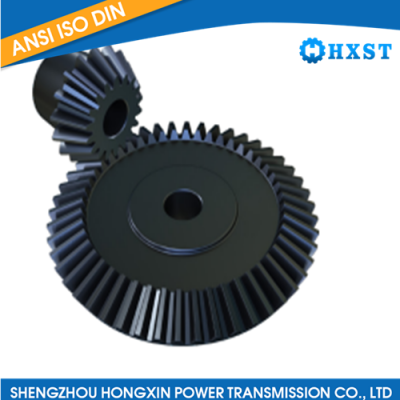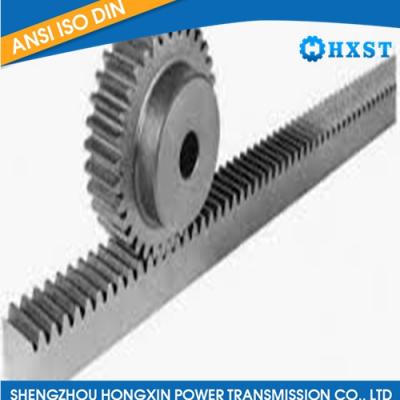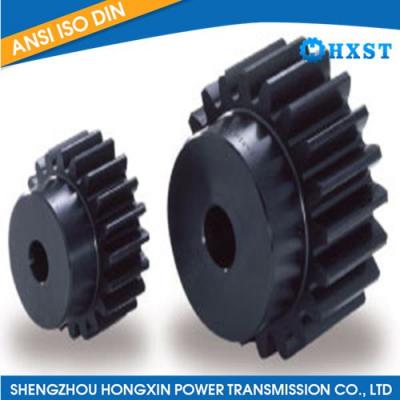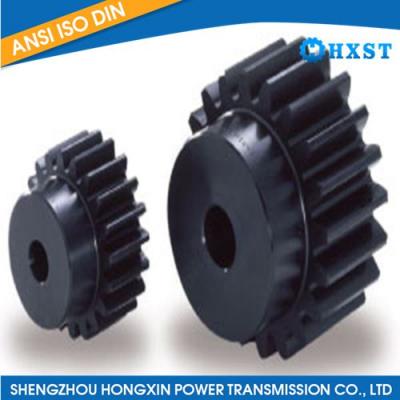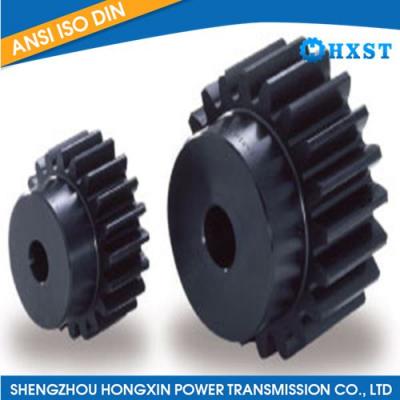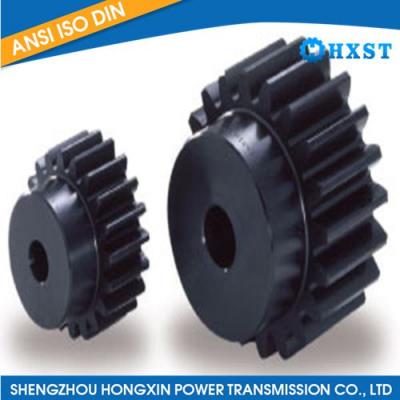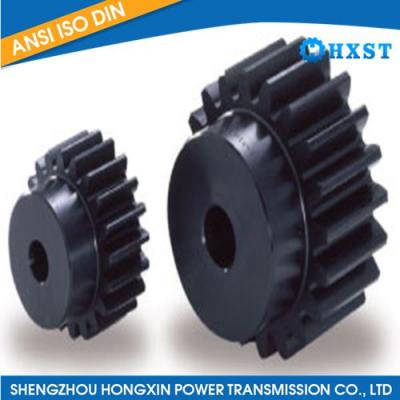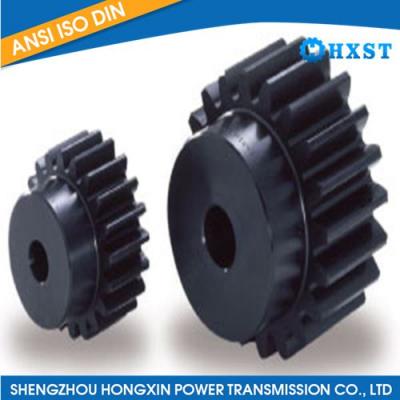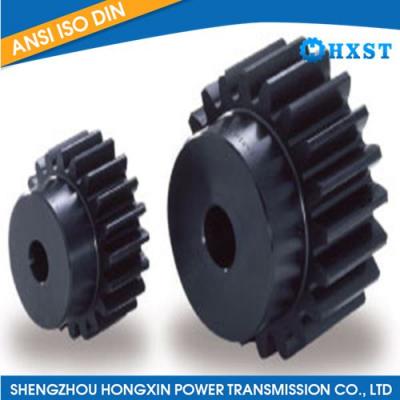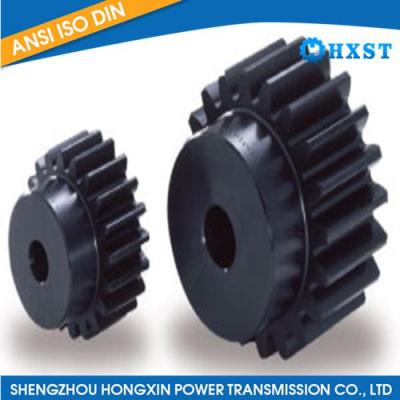 Gear and Rack
Gear and Rack
Gears and racks are essential components in mechanical systems for transmitting motion and power. Here are some key points about gears and racks:
Gears:
Gears are rotating mechanical elements with teeth that mesh with other gears to transmit motion or change speed, torque, or direction.
They come in various types such as spur gears, helical gears, bevel gears, worm gears, etc., each suitable for different applications.
Gears are crucial in machinery like cars, bicycles, industrial equipment, and more.
Racks:
Racks are straight or curved toothed bars with which gears mesh to convert rotary motion into linear motion.
They are commonly used in applications where linear motion is required, such as in CNC machines, steering systems, and elevators.
Racks are available in different sizes, materials, and tooth profiles based on the application requirements.
Function:
Gears and racks work together to transmit motion efficiently. The gear rotates and meshes with the rack's teeth, converting rotational motion into linear motion or vice versa.
The interaction between gears and racks allows for precise control over speed, torque, and positioning in various mechanical systems.
Maintenance:
Proper lubrication, alignment, and periodic inspection are essential for ensuring the longevity and smooth operation of gears and racks.
Regular maintenance helps prevent premature wear, reduce noise, and maintain overall system efficiency.
Gears and racks play vital roles in a wide range of mechanical systems, offering precision control and efficient power transmission for various industrial and commercial applications.
